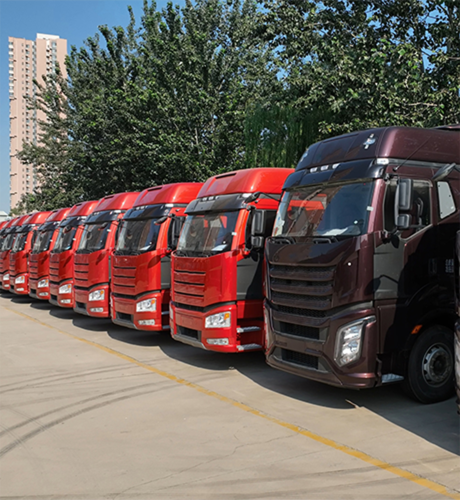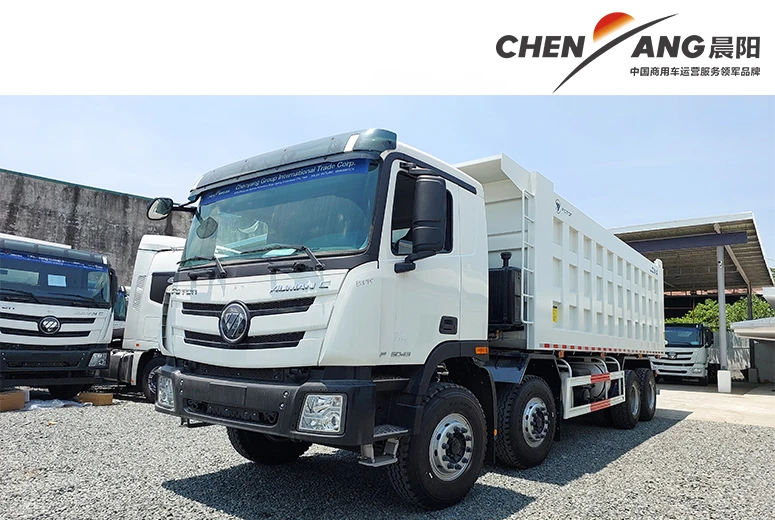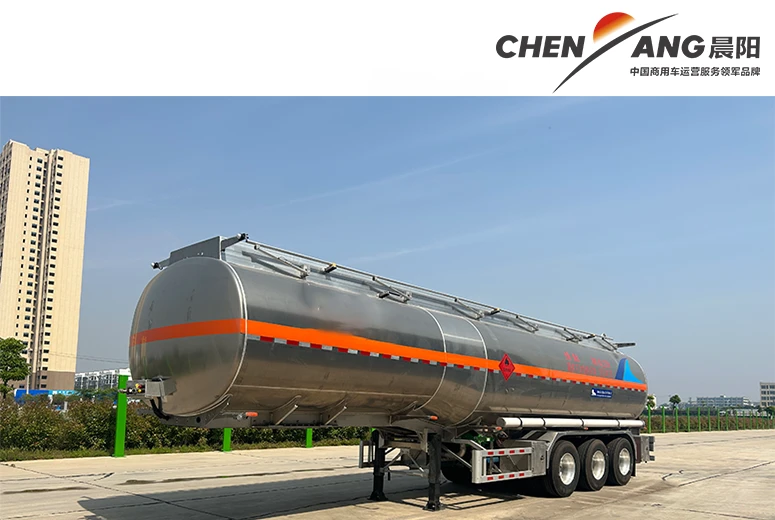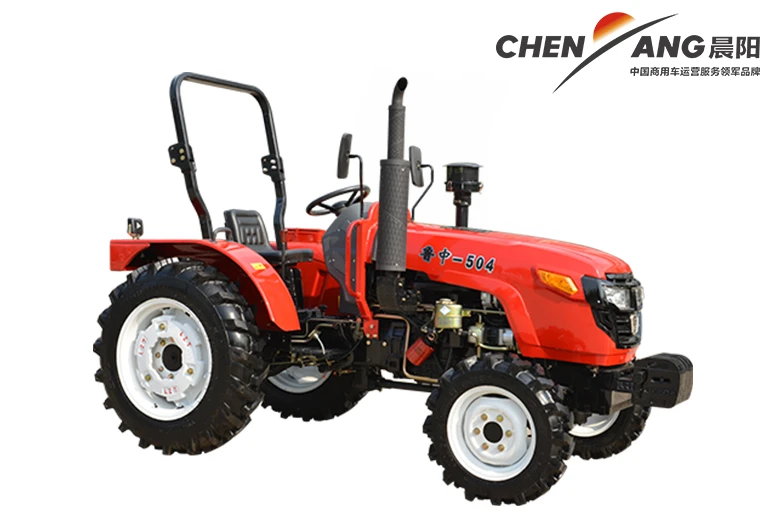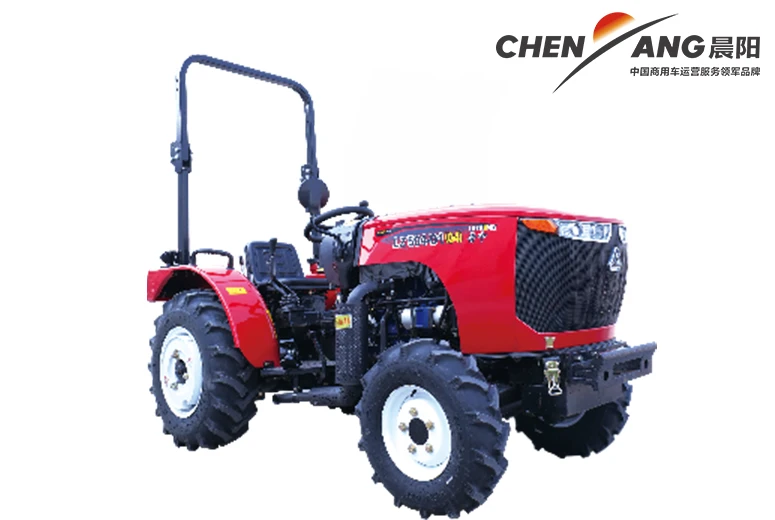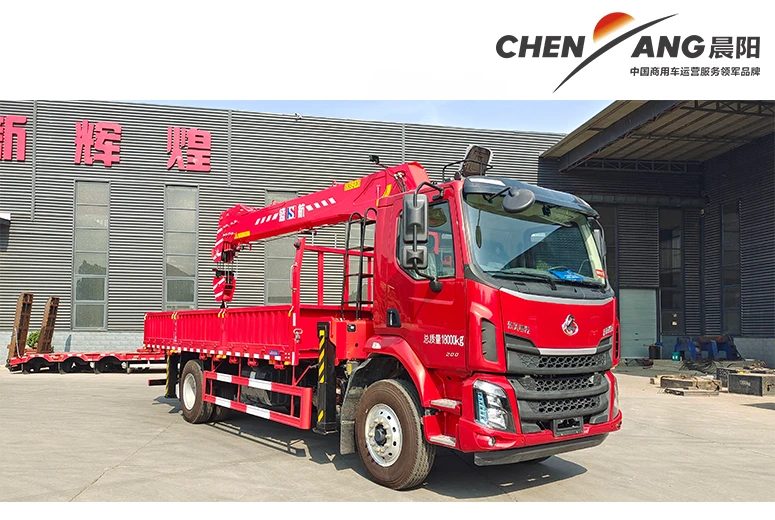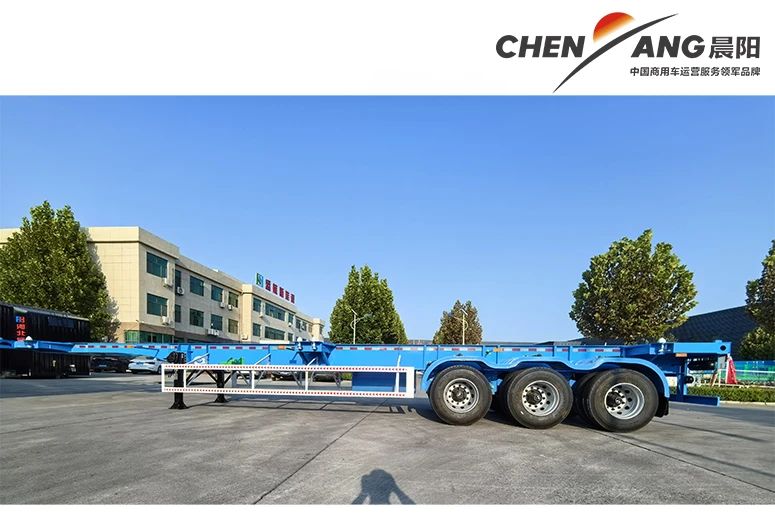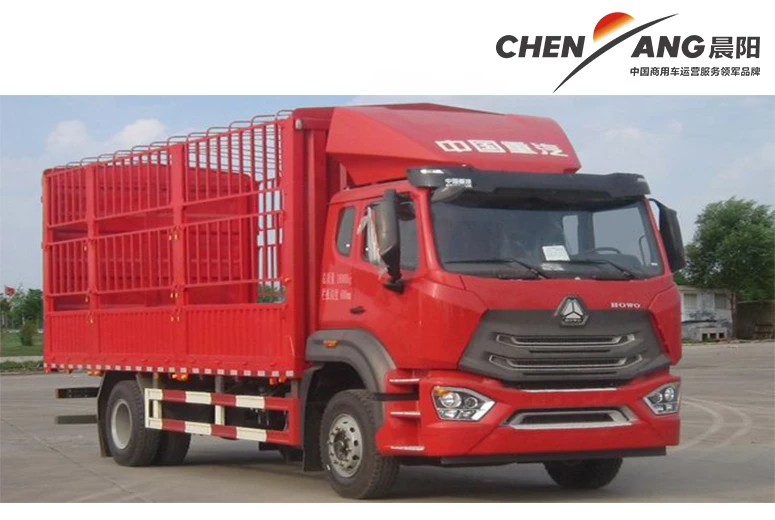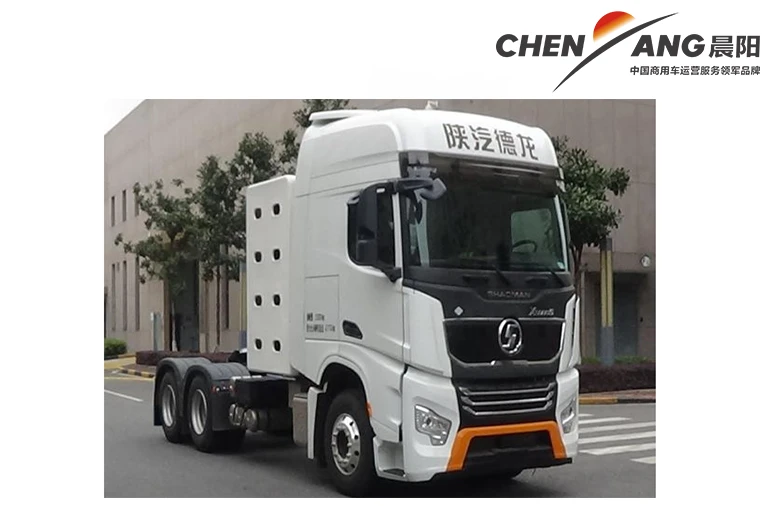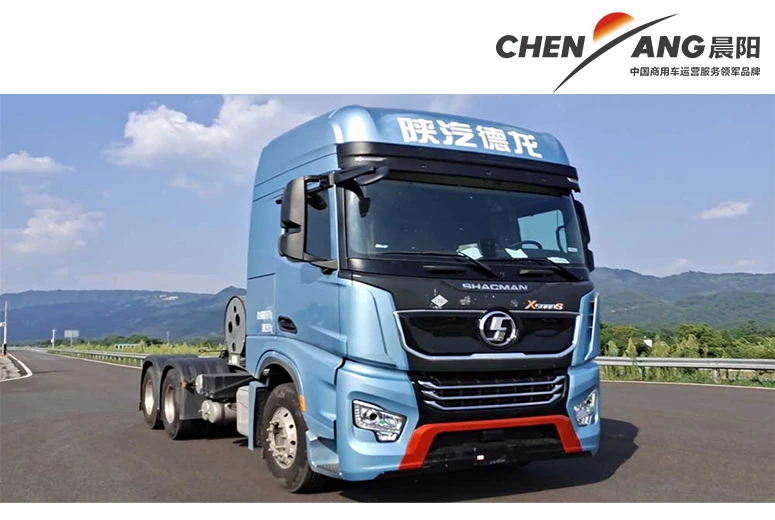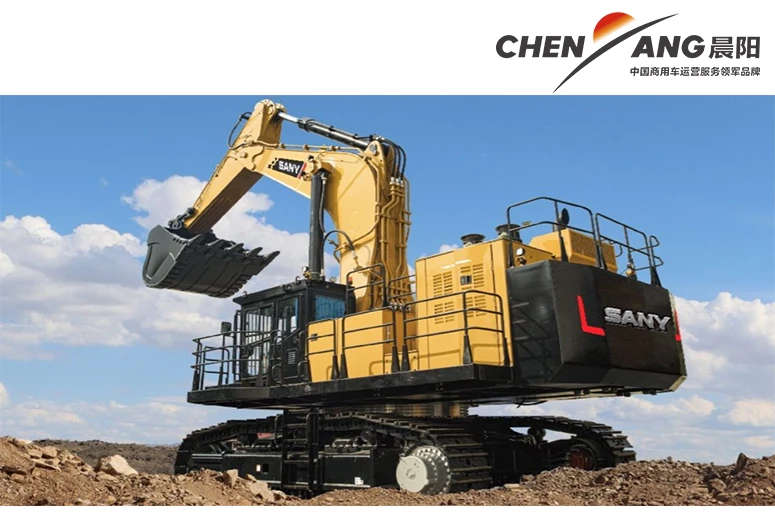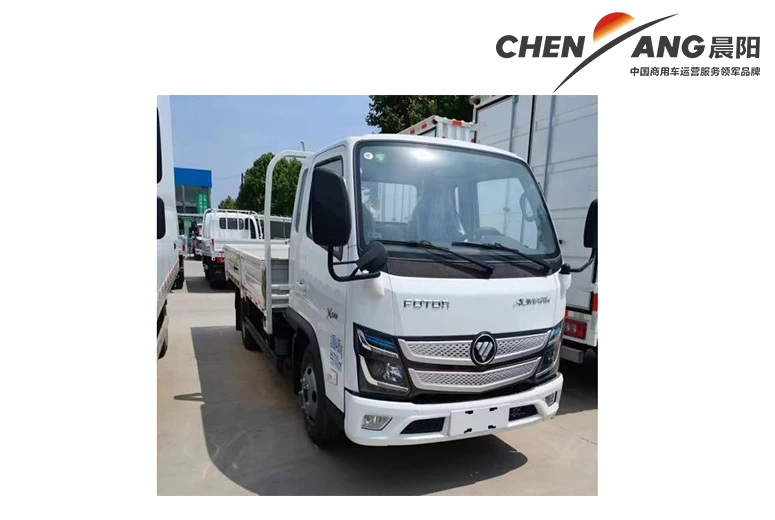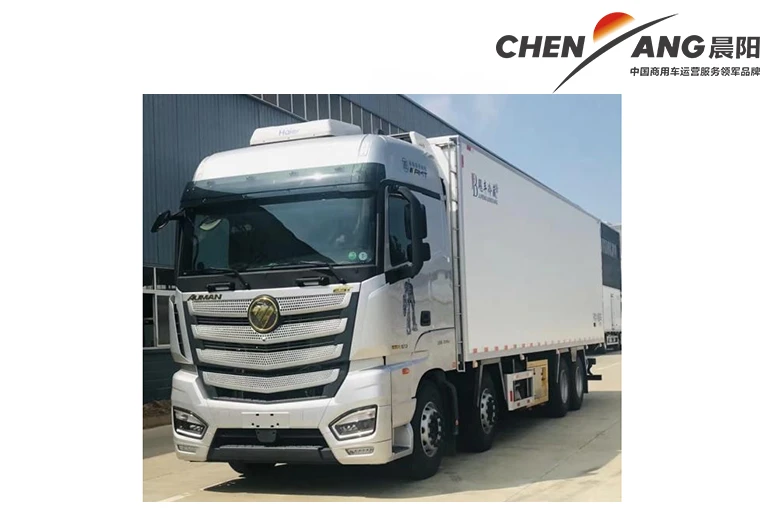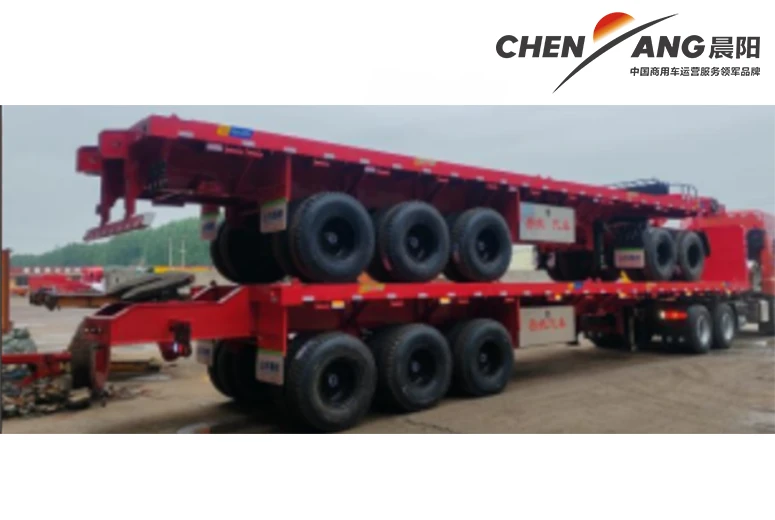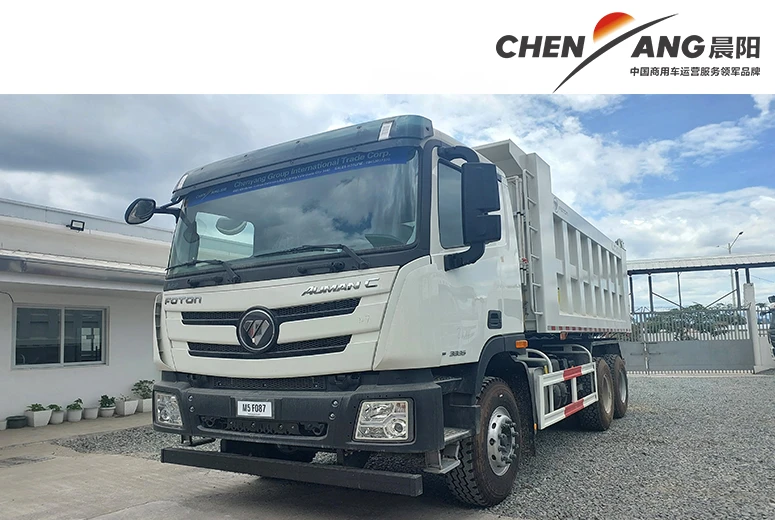cab assembly line
The Cab Assembly Line An Overview of Modern Manufacturing Efficiency
In the realm of automobile manufacturing, the cab assembly line stands as a pivotal stage that combines advanced technology, skilled labor, and innovative processes to produce one of the most critical components of any vehicle the cab. This section of the manufacturing process is dedicated to building the driver and passenger compartments, which not only house the vehicle's operating controls but also provide safety and comfort for the occupants.
The cab assembly line has evolved significantly over the years, moving from rudimentary assembly techniques to sophisticated automated systems that enhance production efficiency and quality control. The foundation of a successful cab manufacturing process lies in its ability to streamline work, reduce waste, and improve the overall quality of the final product.
Streamlined Processes
At the heart of an efficient cab assembly line is a series of streamlined processes that ensure each step is executed with precision
. The workflow is typically divided into several stages including body assembly, painting, interior fitting, and quality inspection. Each stage is designed to minimize the time and labor required without sacrificing quality.Modern assembly lines often utilize Lean Manufacturing principles, which focus on eliminating waste in all forms, whether it be time, materials, or labor. Just-in-time (JIT) production is also commonly implemented, meaning that parts are delivered to the assembly line as they are needed rather than stockpiling inventory. This minimizes storage costs and reduces the risk of components becoming obsolete or damaged before use.
Technological Integration
The introduction of automation and robotics has revolutionized the cab assembly line. Robots are now able to perform repetitive and precise tasks, such as welding and painting, with greater speed and accuracy than human workers. This technological integration allows for a higher output rate while maintaining stringent quality standards.
Additionally, the use of computer-aided design (CAD) and computer-aided manufacturing (CAM) systems assists in the design and production phases. These systems enable manufacturers to create detailed models of the cab structure, allowing for better planning and execution of the assembly process. Furthermore, they support the simulation of workflows to identify potential bottlenecks and improve overall efficiency.
cab assembly line
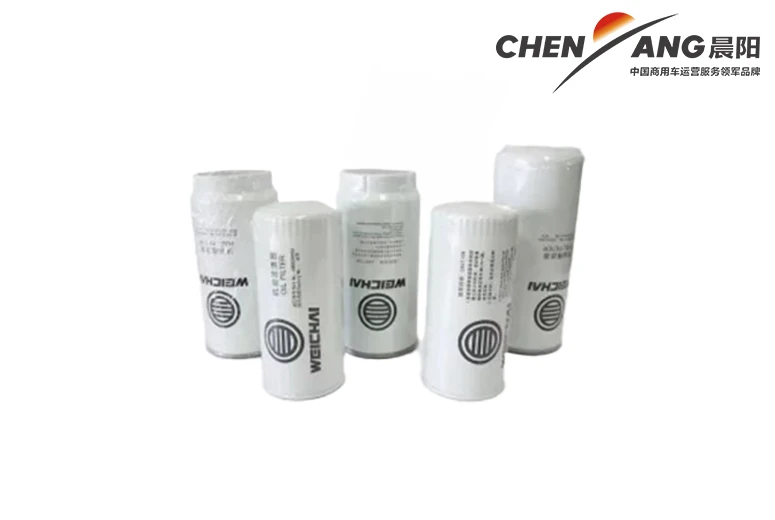
Skilled Workforce
While technology plays an essential role in the assembly process, the expertise of the workforce remains indispensable. Skilled workers are needed to oversee machinery, perform quality checks, and handle complex tasks that require human judgment. Continuous training programs are essential to ensure that employees are well-versed in the latest manufacturing techniques and safety protocols.
Moreover, maintaining a motivated and engaged workforce leads to higher productivity levels. Companies are increasingly recognizing the value of investing in their employees through professional development opportunities and fostering a workplace culture that promotes collaboration and innovation.
Quality Control
Quality control is a paramount aspect of the cab assembly line. With modern vehicles incorporating advanced technology, such as safety features and connected systems, ensuring that each cab meets regulatory standards is crucial. Automated inspection systems utilizing artificial intelligence can detect defects and inconsistencies, allowing for immediate corrective actions. Additionally, periodic manual inspections by quality assurance teams help uphold the integrity of the manufacturing process.
Environmental Considerations
As the automotive industry shifts towards sustainability, cab assembly lines are also adapting to incorporate environmentally friendly practices. Manufacturers are exploring alternatives to traditional materials and aiming to reduce emissions generated during production. This includes using recycled materials in cab construction and implementing energy-efficient machines that minimize power consumption.
Conclusion
The cab assembly line embodies the intersection of innovation, efficiency, and quality in modern automobile manufacturing. As technology continues to advance, the processes and methods utilized in cab production will undoubtedly evolve, leading to even greater levels of efficiency and sustainability. By embracing both technological advancements and the indispensable skills of a knowledgeable workforce, the cab assembly line will remain a critical component in the automotive industry, delivering safe and reliable vehicles to consumers worldwide.
-
Industrial Plastic Pipe Fittings - Chenyang Group | Durable, Customizable, VersatileNewsAug.14,2025
-
Industrial Plastic Pipe Fittings - Chenyang Group | Durable, Customizable SolutionsNewsAug.14,2025
-
Industrial Plastic Pipe Fittings - Chenyang Group | Durability, CustomizationNewsAug.13,2025
-
Innovative Plastic Industrial Pipe Fittings-Chenyang Group|Durable,CustomizableNewsAug.13,2025
-
Plastic Industrial Pipe Fittings - Chenyang Group | Durable, Customizable, VersatileNewsAug.13,2025
-
BL913 12.00R22.5 Truck Tire: All-Position DurabilityNewsAug.13,2025
Popular products

